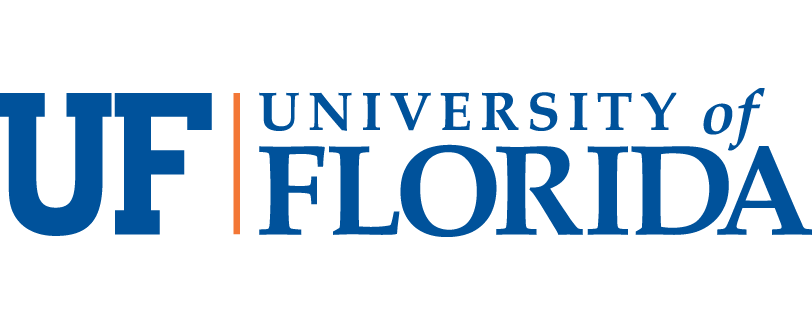| Title | Integration of Isoelectric Focusing with Multi-channel Gel Electrophoresis by Using Microfluidic Pseudo-valves |
| Publication Type | Journal Article |
| Year of Publication | 2007 |
| Authors | Das, C., J. Zhang, N. Denslow, and H. Z. Fan |
| Journal | Lab on a Chip |
| Volume | 7 |
| Pagination | 1806-1812 |
| Date Published | 12/2007 |
| Abstract | Two-dimensional (2D) protein separation is achieved in a plastic microfluidic device by integrating isoelectric focusing (IEF) and multi-channel polyacrylamide gel electrophoresis (PAGE). IEF (the first dimension) is carried out in a 15-mm-long channel while PAGE (the second dimension) is in 29 parallel channels of 65 mm length that are orthogonal to the IEF channel. An array of microfluidic pseudo-valves is created for introducing different separation media, without cross-contamination, in both dimensions; it also allows transfer of proteins from the first to the second dimension. Fabrication of pseudo-valves is achieved by photo-initiated, in situ gel polymerization; acrylamide and methylenebisacrylamide monomers are polymerized only in the PAGE channels whereas polymerization does not take place in the IEF channel where a mask is placed to block the UV light. IEF separation medium, carrier ampholytes, can then be introduced into the IEF channel. The presence of gel pseudo-valves does not affect the performance of IEF or PAGE when they are investigated separately. Detection in the device is achieved by using a laser induced fluorescence imaging system. Four fluorescently-labeled proteins with either similar pI values or close molecular weight are well separated, demonstrating the potential of the 2D electrophoresis device. The total separation time is less than 10 minutes for IEF and PAGE, an improvement of 2 orders of magnitude over the conventional 2D slab gel electrophoresis. |
| URL | http://www.rsc.org/Publishing/Journals/LC/article.asp?doi=b712794d |
| DOI | 10.1039/b712794d |

